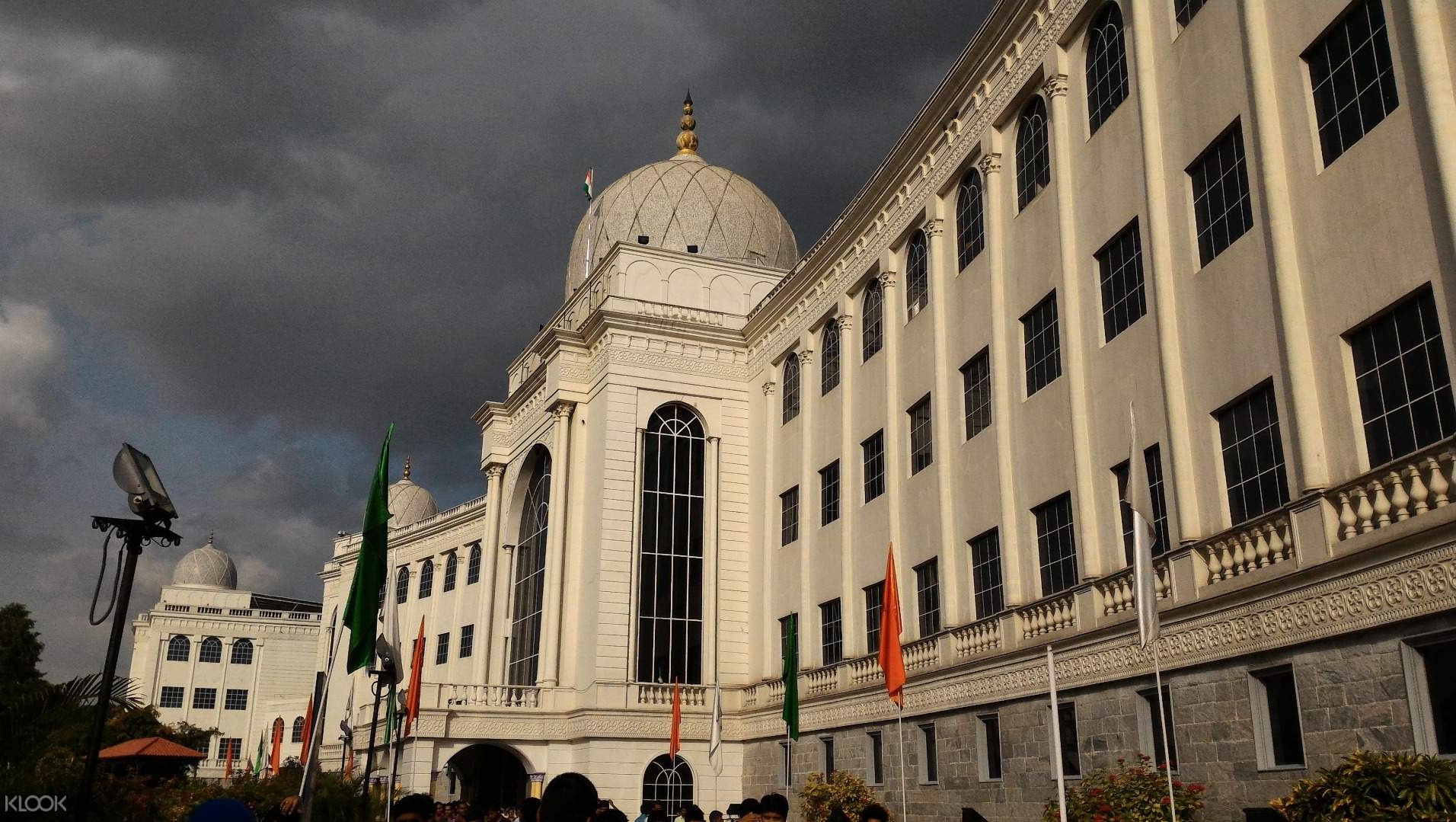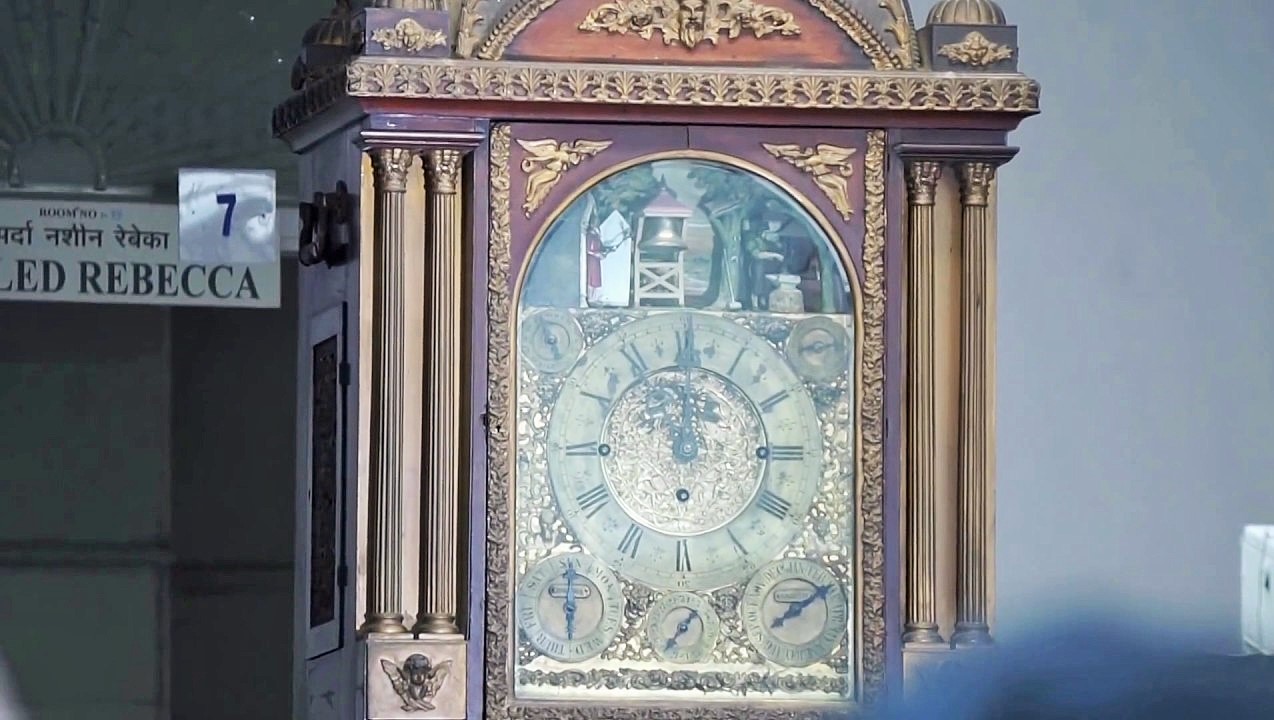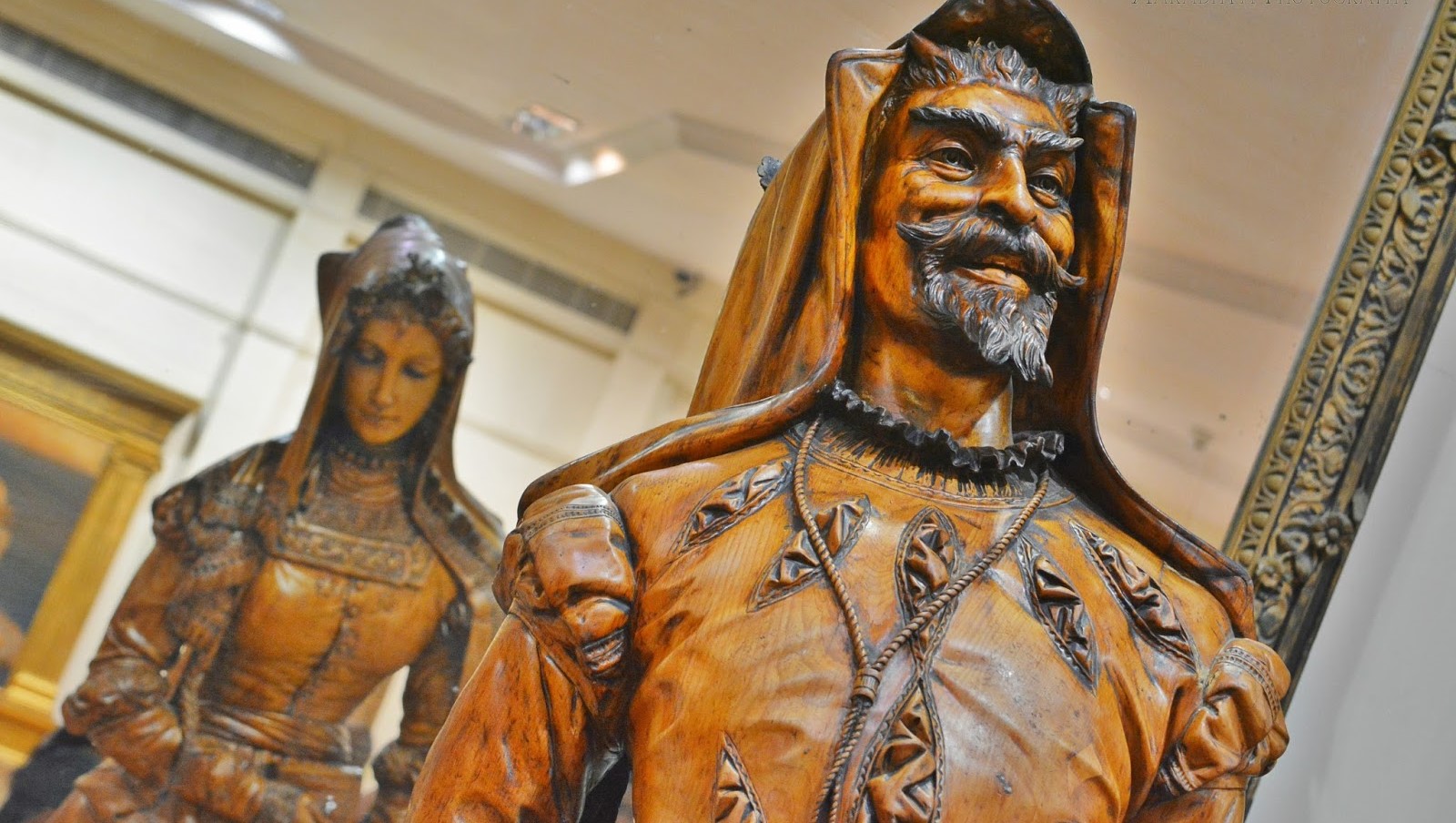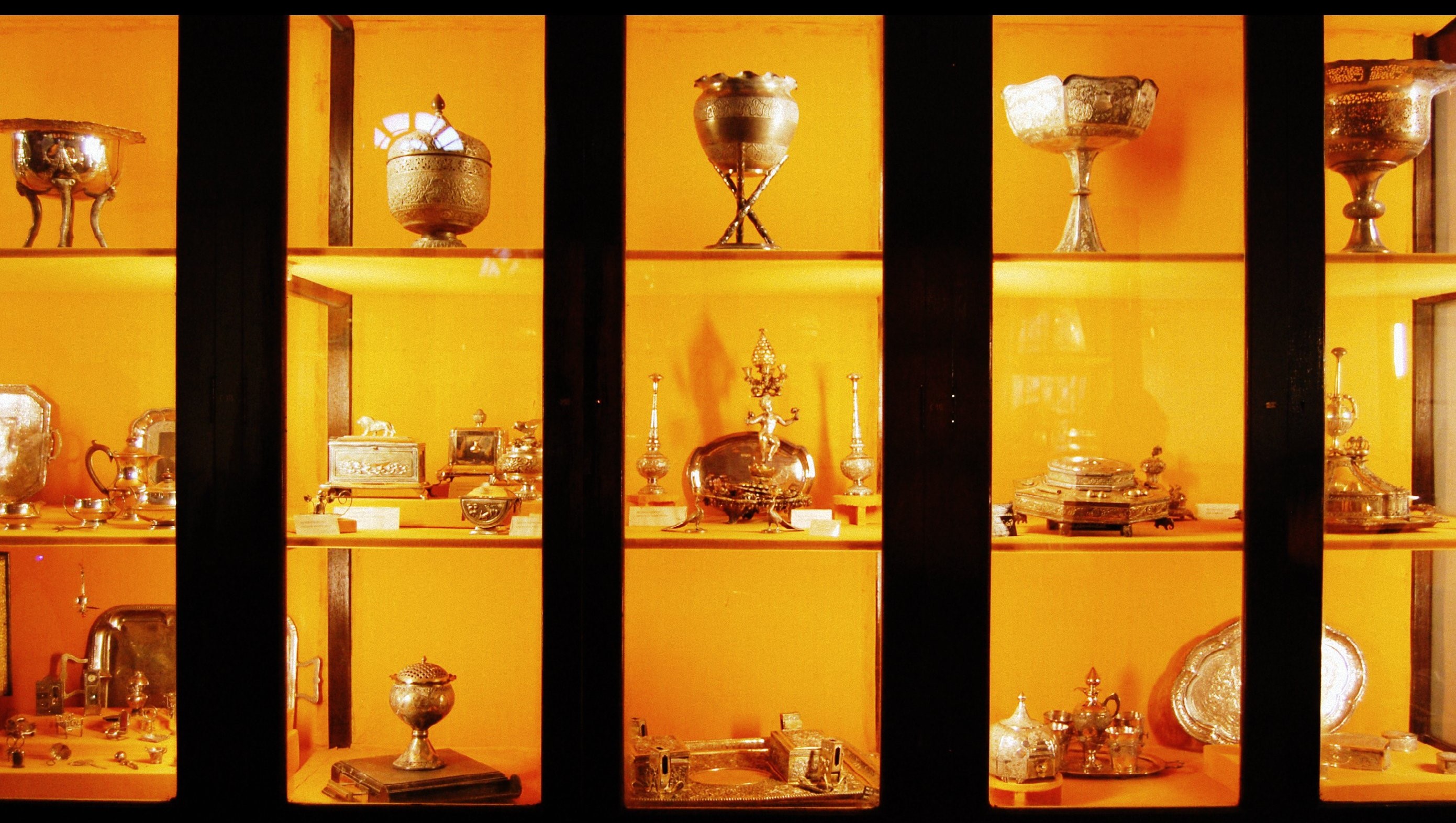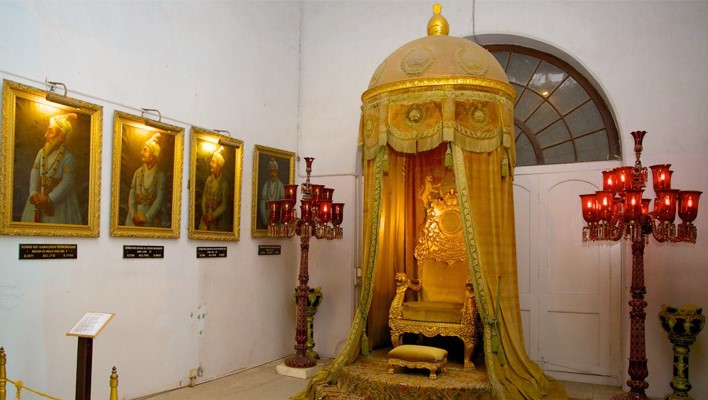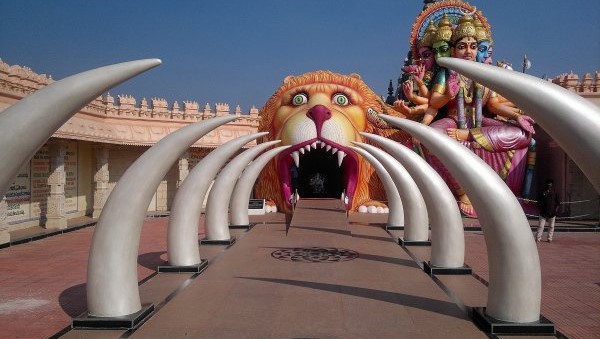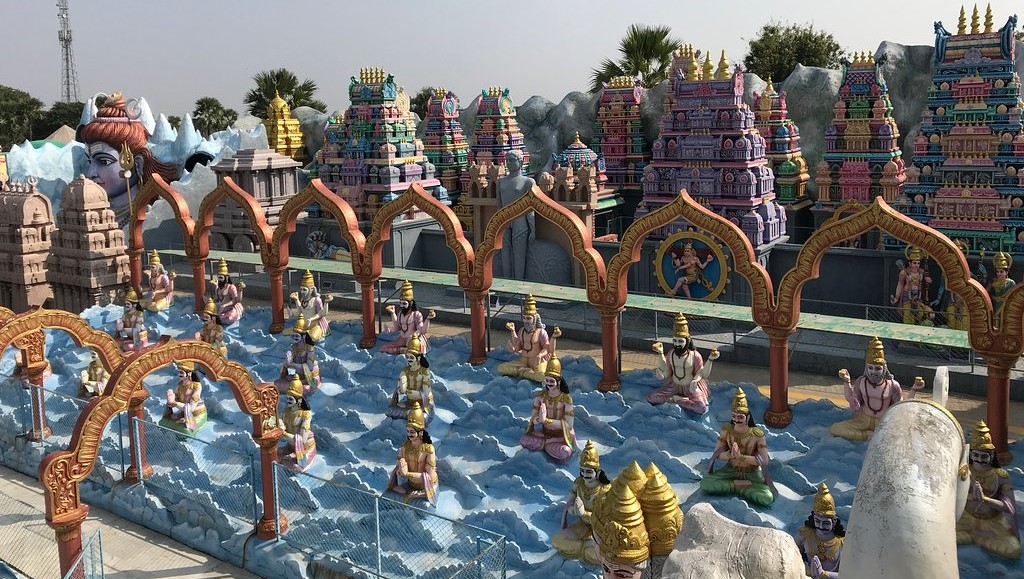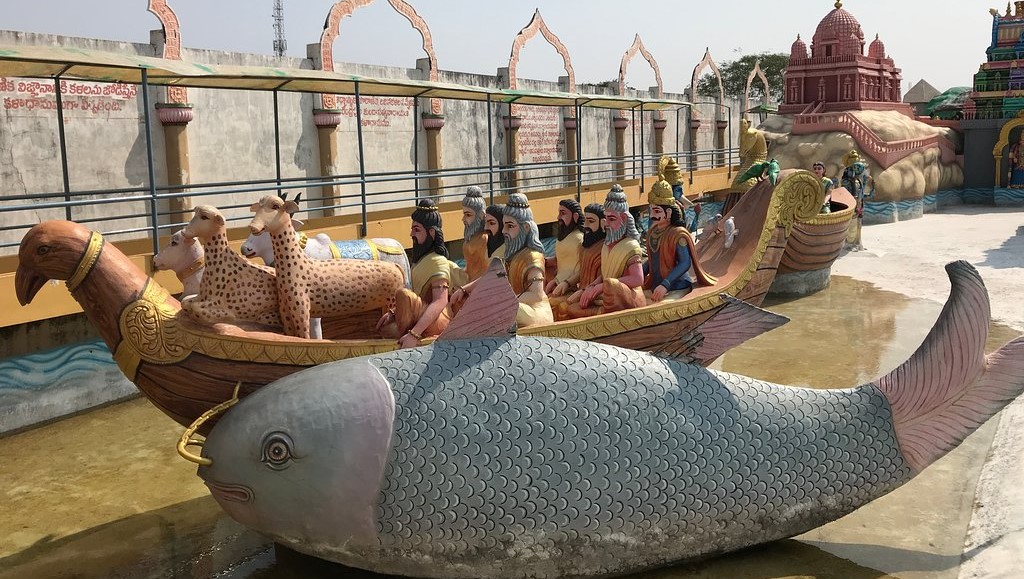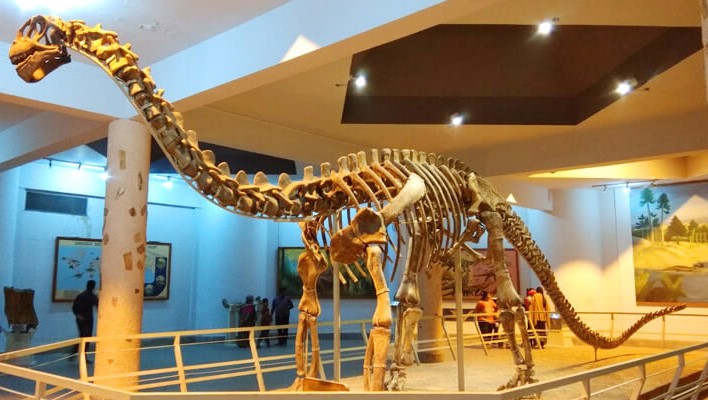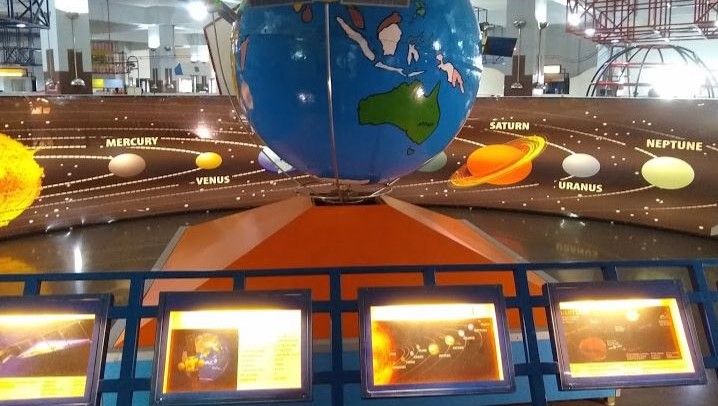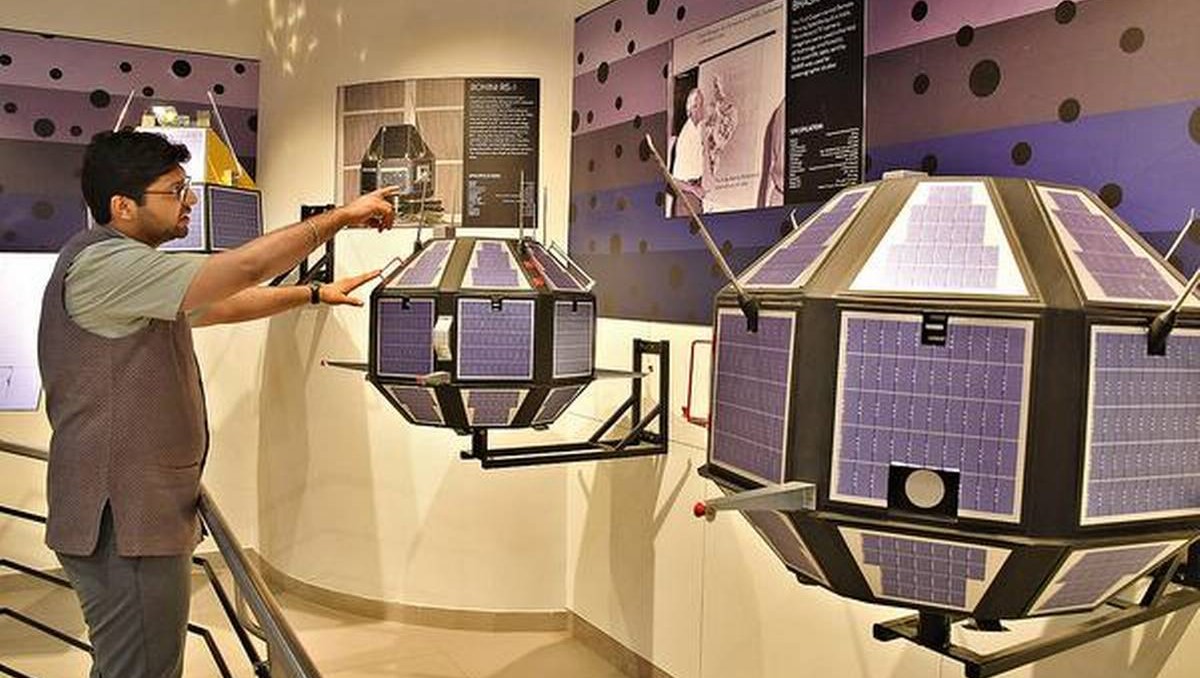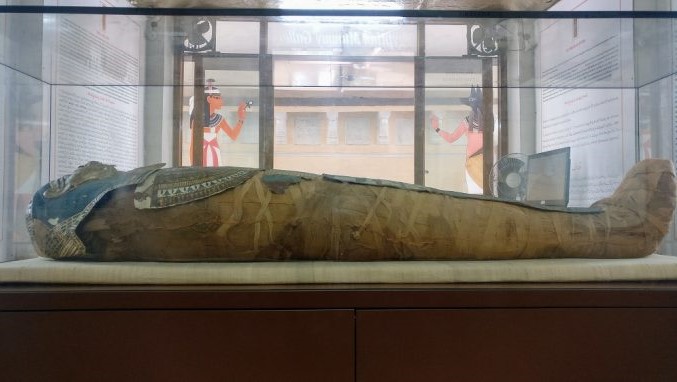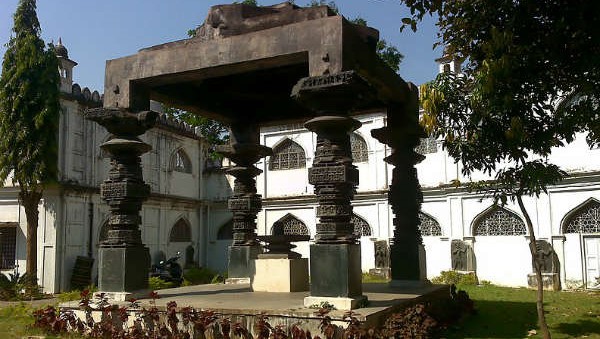Salar Jung Museum
Salar Jung Museum of Hyderabad is the third largest museum in India. It was declared open on 16th December, 1951 by the first prime minister of India, Jawaharlal Nehru. In the year of 1968, the entire collection of the museum and the Salar Jung Museum library was shifted to the present building from Diwan Deodi. In 2000, two additional buildings were also added.
Spread across an area of 10 acres and built in two floors, the Salar Jung Museum present wide range of artefacts which have been majorly collected by Mir Yousuf Ali Khan who is also known as Salar Jung III along with Nawab Turab Ali Khan (Salar Jung I) and his descendants. Mir Yousuf Ali Khan dedicated his entire life collecting antiques and artefacts and spent a considerable amount of his wealth collecting the same from all over the world.
Salar Jung III/Nawab Mir Yousuf Ali Khan had spent forty years of his life in collecting various art pieces and manuscripts from around the globe. He has left his position as the then Prime Minister to pursue his passion. Initially his collection was stored in the ancestral palace of Salar Jungs, Dewan Deodi.
After the demise of Salar Jung III, the idea to create museum arose in the minds of Sri M.K. Velodi, the then Chief Civil Administrator of the Hyderabad State. It was then a renowned art critic, Dr. James Cousins, was given the responsibility to collect and sort all the items from different palaces of Salar Jung III.
With a collection of close to 43000 art objects, 9000 manuscripts and 47000 printed books, Salar Jung Museum promises a rich experience to all its visitors. The museum has 38 galleries which are spread over two floors. An impressive number of around 13,654 objects are being displayed in all the 37 galleries of Salar Jung Museum.
The collection in the museum consists of Indian Art, Far Eastern Art, European Art, Children Art, Middle Eastern Art, as well as Founders gallery and rare manuscript section. One of the major attractions of the museum is the 19th Century British Musical Clock. This clock was sold by Cooke and Kelvey of England.
